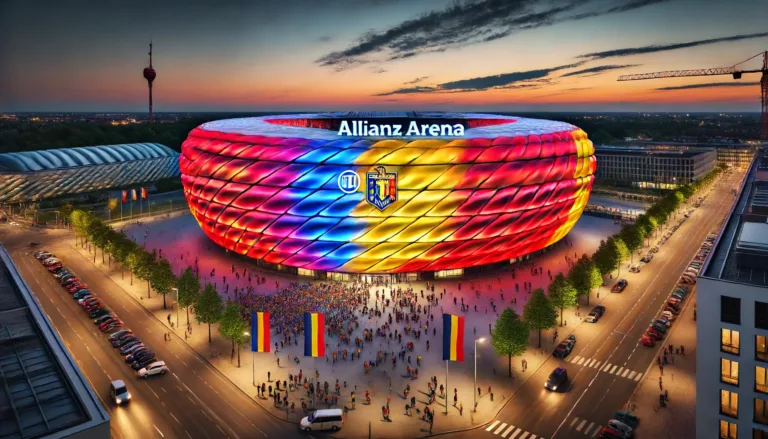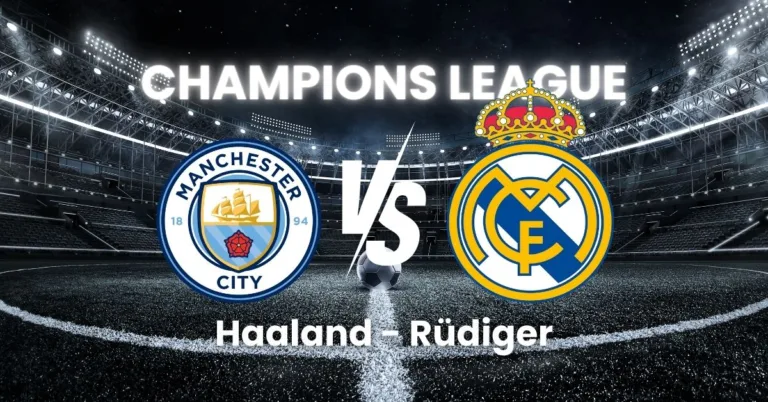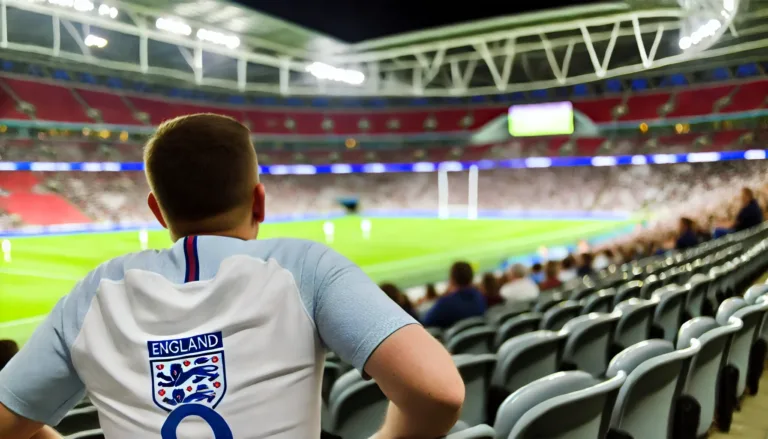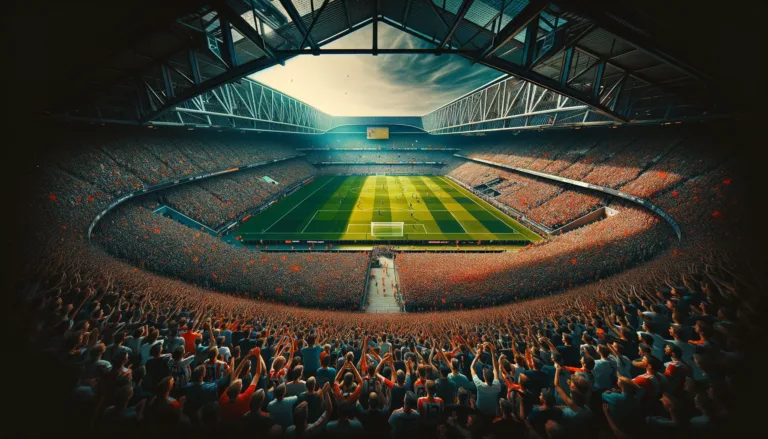Champions League Final Breakdown: Real Madrid vs Borussia Dortmund
Real Madrid claimed their 15th Champions League title by defeating Borussia Dortmund 2-0 in the final at Wembley. This match gave Toni Kroos the perfect ending for his career after 10 years with Real Madrid. Carlo Ancelotti’s team once again proved why they are considered an unstoppable European force, while Borussia Dortmund confirmed their status as a top team deserving of reaching the final stage of the competition.
Starting Lineups
At Real Madrid, there is only one change from the last Champions League match, with Thibaut Courtois starting in place of Andryi Lunin. Despite spending a significant part of this season injured, Courtois delivered an excellent performance and repeatedly saved Madrid.
From Borussia Dortmund, there are no changes in the team’s lineup, but there is a tactical shift from the usual 4-2-3-1 formation to a 4-3-3 setup.
Match Report
First Half: Big Chances for Dortmund, But Zero Goals
The first half ended goalless, despite Borussia Dortmund having several opportunities to score. In the 21st minute, Karim Adeyemi had the first major chance of the match with an xG of 0.35. He broke free one-on-one with Courtois but couldn’t finish. Courtois’ positioning forced Adeyemi into a wide angle from which he couldn’t hit the target. Adeyemi was a constant threat to the Madrid defense, using his speed to get behind the defensive line.
Two minutes later, in the 23rd minute, Niclas Füllkrug was also very close to opening the scoring, with an xG of 0.45, again with a run in behind the defensive line. He received an excellent pass in the box and shot towards the far post, but the ball hit the post, leaving Courtois helpless.
Throughout the first half, Borussia Dortmund had a total of six shots, three of which were on target, with a total xG of 1.2. Real Madrid, on the other hand, struggled to create clear chances. Rodrygo, one of Madrid’s key offensive players, had only 12 touches in the first half, the fewest of any player on the field.
4o

Second Half: Real Madrid Takes Control
After the break, Real Madrid began to dominate and create more chances. In the 74th minute, Toni Kroos executed a perfect corner kick, and Dani Carvajal scored with a header to put Madrid in the lead.
With 16 minutes remaining, Real Madrid capitalised on a defensive error by Ian Maatsen. Jude Bellingham, a former Borussia Dortmund player, intercepted a poor pass and set up Vinicius, who kept his composure and scored to double his team’s advantage. Borussia Dortmund tried to get back into the game, and Füllkrug managed to score in the 87th minute, but the goal was disallowed for offside.
Substitutions and Final Moments
Carlo Ancelotti made defensive substitutions in the final minutes to secure the result. Eder Militao replaced Rodrygo, and Luka Modric came on for Toni Kroos, who received an ovation from the fans in his last appearance for Real Madrid. Vinicius was also substituted in the 90+4 minute by Lucas Vázquez.
After five minutes of stoppage time, Real Madrid lifted this year’s Champions League trophy.
Tactical Analysis
Borussia Dortmund’s Build Up Play
Real Madrid did not adopt a highly energetic pressing approach, although they did press quite high up the pitch. Vinicius and Rodrigo applied pressure on Borussia’s two central defenders, while Jude Bellingham took up a more central position alongside Camavinga.
In contrast, Borussia Dortmund had a significant advantage with Fullkrug, who stayed in advanced positions. When Real Madrid applied pressure and Gregor Kobel was forced to send a long pass, he often targeted Fullkrug. Fullkrug frequently won his aerial duels, directing the ball to Jadon Sancho or Julian Brandt.

Karim Adeyemi, a Constant Threat
One of the main tactical strategies in the first half was sending passes behind the defensive line, particularly on the left wing. These led to the most dangerous situations in the first half, but unfortunately, Borussia could not capitalise.
Taking advantage of Real Madrid’s pressing structure, which left considerable space between the midfield and defensive lines, and given Karim Adeyemi’s exceptional speed, they aimed to draw Carvajal towards the center. This created the necessary space for Adeyemi to sprint behind. Both Adeyemi’s run, which left him one-on-one with Courtois, and Fullkrug’s runs behind the defensive line led to significant goal-scoring opportunities in the first half.
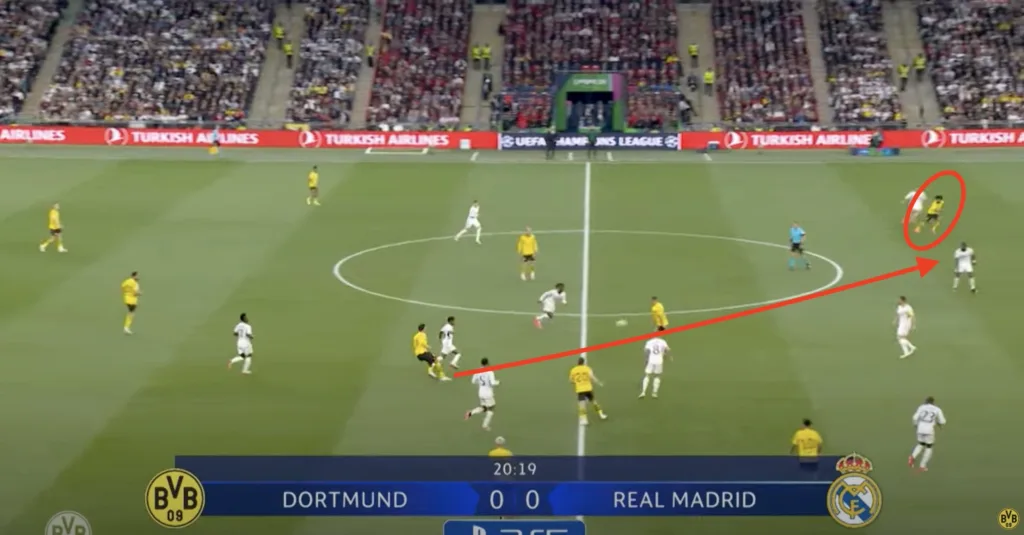
Borussia Dortmund Defensive Shape
Defensively, Borussia Dortmund did not press frequently but preferred to adopt a 4-5-1 defensive structure.
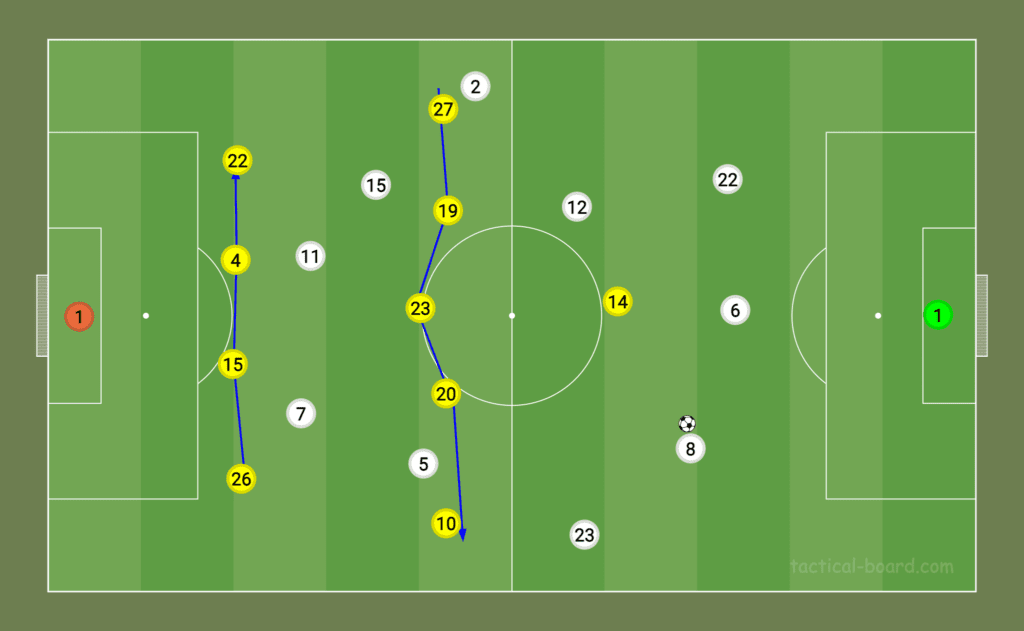
However, an important thing must be mentioned. The above structure represents the primary defensive setup, but Dortmund made a crucial adjustment. It is well known that Toni Kroos is the main playmaker for Real Madrid, and unlike the semifinal match against Bayern Munich, he was not left unmarked.
For this reason, Sabitzer moved up to press whenever Toni Kroos had possession, preventing him from having much space. Consequently, Jude Bellingham positioned himself more centrally, pairing with Federico Valverde to create a 2v1 overload in the midfield. Bellingham’s positioning allowed Vinicius to focus more on the left wing, setting up one-on-one situations against Ryerson. Ryerson managed to keep Vinicius under control with the help of Hummels.
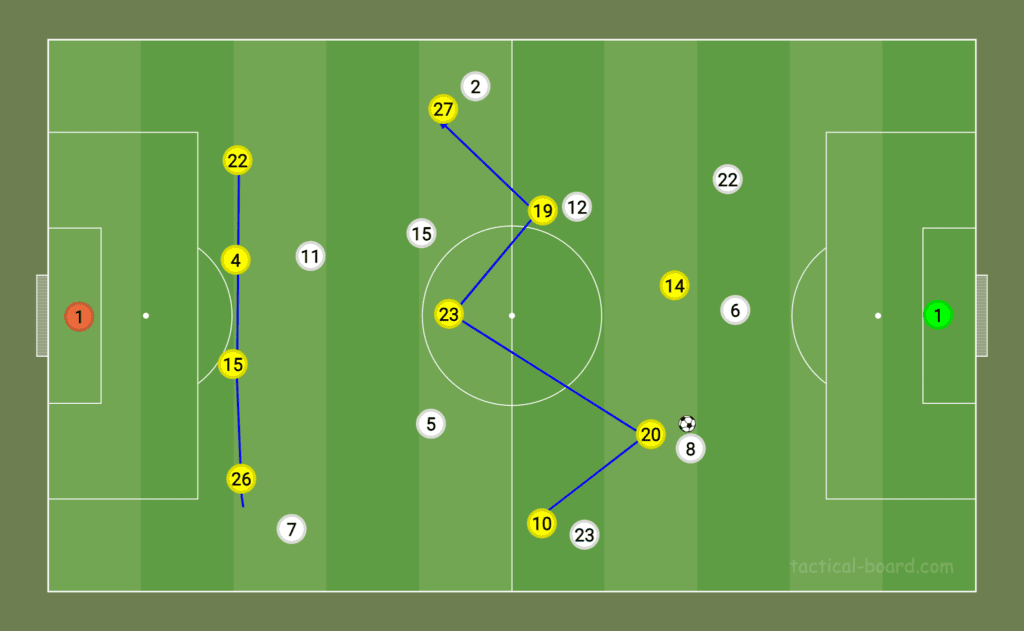
Why Did Borussia Dortmund Lose the Game?
Tactically, both teams demonstrated maturity, calmness, and tactical prowess. The game was balanced, slightly favouring Borussia, as confirmed by the stats, with an xG of 2.08 compared to Real Madrid’s 1.13.
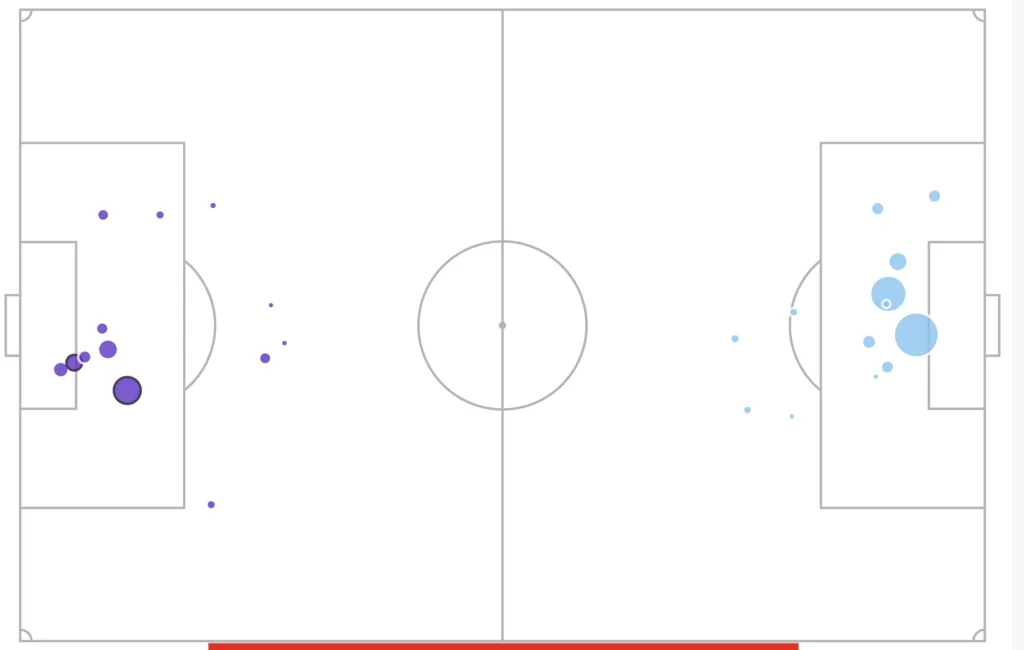
Borussia Dortmund lost this final due to avoidable mistakes. They conceded a goal from a corner kick taken by Toni Kroos to the near post, where Carvajal outjumped Fullkrug to win the aerial duel. The second goal came from a poor pass by Ian Maatsen, which was easily intercepted by Jude Bellingham.
Conclusions
Real Madrid’s 2-0 victory against Borussia Dortmund in the Champions League final at Wembley once again demonstrated the strength of the Spanish team. This game was special for Toni Kroos, marking the end of his 10-year career at Real Madrid. Both teams played excellently and showed tactical prowess, both deserving to win. However, Real Madrid had a slight advantage due to some avoidable mistakes by Borussia Dortmund. Second-half goals and solid defense secured the title for Carlo Ancelotti’s team, ending the season memorably.



